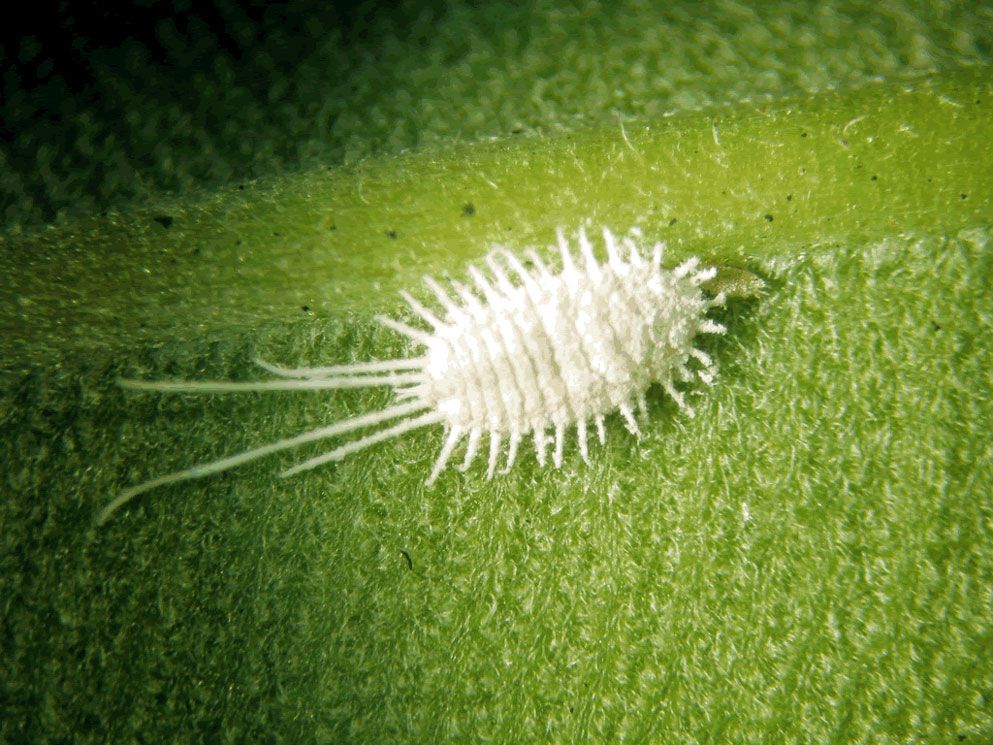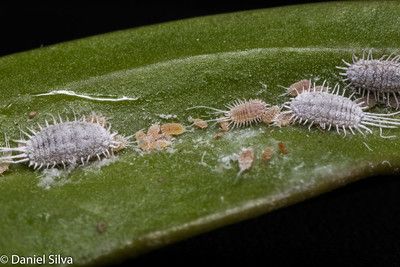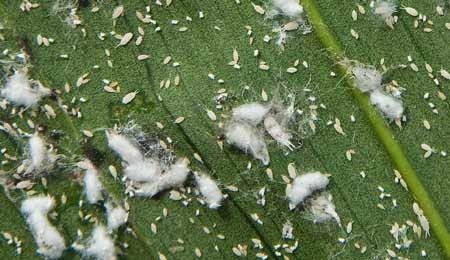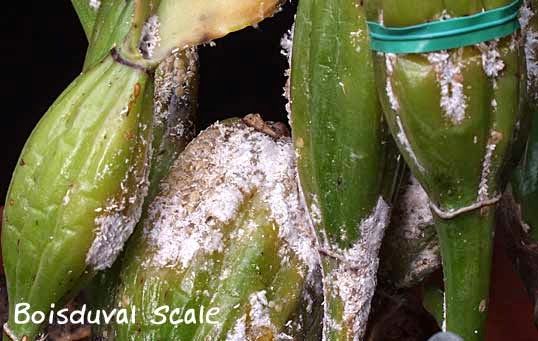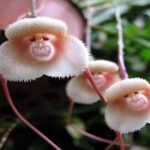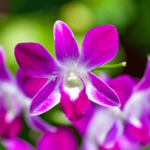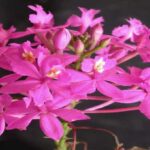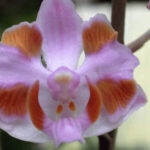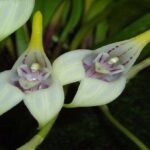If you’ve been cultivating orchids for a while, you’ve probably heard about mealybugs.
So, if you want to learn how to:
- Avoid them
- Identify them
- Combat them correctly (when necessary)
Then this text is for you.
Learn How to Achieve Super Blooms on Your Orchids
🛑 If you love orchids and you're tired of not being able to make them bloom...
Then, know that thousands of beginner growers are achieving beautiful flowers on their orchids by following this method.
Click the button below to have beautiful orchids with show-worthy flowers every year. ⤵
What Are Mealybugs
Dactylopius coccus, known by the common name mealybug, is an insect that attacks various plants by sucking their sap.
Being very small (about 35mm / 0,13 inch on average), these insects are detected with careful observation and can be easily fought.
Here are some curiosities:
- There are hundreds of species of mealybugs, but few of them attack orchids (about 40)
- They are mainly found on the underside of the leaves and on the roots.
- If not combated, they can significantly weaken your orchid
How to Avoid Them?
Remember this:
The best way to combat pests and diseases is to avoid them.
Therefore, here are some ways to prevent your orchid from being attacked by these pests:
- Learn how to care for orchids and provide the right care.
- Cultivate your orchid in a clean place
- Space your orchids a little apart from each other so that pests or diseases are not shared.
These are 3 simple tips that will make a difference in preventing mealybugs.
How to Identify Them?
Fortunately, mealybugs gather in groups, so detecting them on your orchids will not be complicated.
You may suspect that your orchid is suffering from these pests by checking 2 main signs:
- Noticing ants walking on your plant’s leaves
- Noticing a “cottony” substance on your orchid (it can be of various colors because there are several different species)
Remember that these pests mainly appear on the underside and roots of orchids.
How to Combat Them?
Perhaps you have not been able to follow the steps below.
And now you can no longer ignore that your orchid has problems.
But, don’t panic.
You know that pests and diseases in orchids can interfere (and a lot) with the development of our beloved plants.
But, combating mealybugs is usually simple and below are some quite simple options:
Method 01:
- Take your orchid out of its pot and soak it in a pot with water and plenty of coconut soap.
- Leave the entire plant submerged for about 15 to 20 minutes
- After that, take it out and clean its leaves.
- Replant it in a new potting mix.
- Why does it work? The soap will suffocate the mealybugs, and the sponge will remove those that are still alive.
- Note: after this, replant your orchid in a new pot with new potting mixes and do not reuse the water from the “bath”.
Method 02:
- Simply brush the leaves of the infected orchids with a little insecticide.
- Another way is to use a cotton swab soaked in alcohol on the infected leaves
- Note: this method is for weaker infestations, especially those that are still in the early stages, but make sure you clean your orchid well.
Method 03:
- Use tobacco solution
- Apply it with a spray once a week until the pests are gone
Method 04:
- If nothing has had an effect against mealybugs, use insecticides specifically for these pests.
Remember to apply pest control when the sun is milder.
Therefore, the best time is usually after 5:00 PM, because the sun will be weaker.
Additional Videos
Below are some interesting videos about mealybug cultivation.
I hope that with them, your learning will be greater, and you will be able to have healthier orchids every year.
Here are the videos 😀
Conclusion – Mealybugs in Orchids
You might be wondering now… “Is it really that simple?”.
And the answer is YES.
Pest and disease control is simple when you have the correct information.
And this also applies to cultivation.
Therefore, I invite you to read other articles here on the blog so that you can learn even more about this wonderful world of orchids.
- Learn more about Vanda orchids
- Learn more about Cattleya orchids
- Learn more about Phalaenopsis orchids
- Learn more about Ludisia orchids
- Learn more about spots on orchid leaves.
And if you liked this article, leave your comment below, telling us how your cultivation is going.

